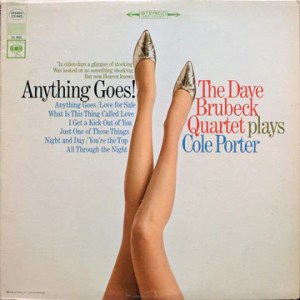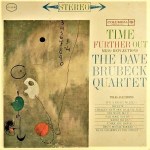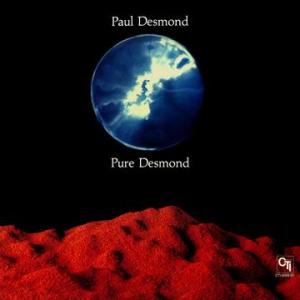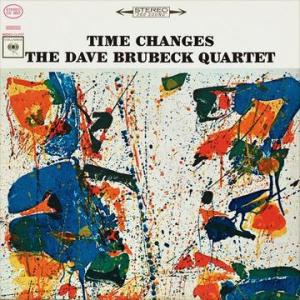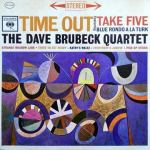More of the Music of Dave Brubeck
Reviews and Commentaries for Time Further Out
Fred Plaut is one of our favorite recording and mixing engineers.
His work on Time Further Out speaks for itself — we think it’s the best sounding Brubeck recording of them all.
We could find no information about the venue for this recording. It might be the Columbia Studios known as “The Church” — that would explain the amazing sound quality of the album — but it may just be Plaut’s engineering prowess in another location that makes this some of the best sound to be found on any Brubeck record.
Frederick “Fred” Plaut was a recording engineer and amateur photographer. He was employed by Columbia Records during the 1940s, 1950s, and 1960s, eventually becoming the label’s chief engineer.
Plaut engineered sessions for what would result in many of Columbia’s famous albums, including the original cast recordings of South Pacific, My Fair Lady, and West Side Story, jazz LPs Kind of Blue and Sketches of Spain by Miles Davis, Time Out by Dave Brubeck, Mingus Ah Um and Mingus Dynasty by Charles Mingus.
Wikipedia
Mark Wilder was interviewed about the recording of these Fred Plaut sessions and noted [bold added by me]:
Fred Plaut and Frank Laico were two of Brubeck’s recording engineers. Plaut is a true balance engineer; he’s my idol. I don’t know how he could pull off what he did in three hours.
He continued:
It’s amazing how well-recorded the group was back then. The sound is so three-dimensional, bigger than life.
Yet it’s amazing how little the engineers did to get that sound. They just put one mic a few feet from each instrument, and mixed live to 3-track—for left, center, and right. Then they edited the tape and mixed down to 2-track.
The old stuff sounds better than what we’re doing now. We’ve been going in the wrong direction sound-wise for many years. The layout of the stereo stage was more realistic then, too. Drums were on the left, piano on the right, sax and bass in the middle.
It’s easy to hear what each musician was playing because they were separated spatially. These days, you hear each instrument in stereo, on top of each other. The drums spread all the way between the speakers, and so does the piano.
In one Brubeck recording (Castilian Drums, not on this set), the stereo perspective changes radically within the recording. It starts with drums hard left and piano hard right. But when the drum solo starts, there’s an edit and suddenly you hear the drum set spread out in stereo.
At the end of the solo, you’re back to drums left and piano right. These effects are on Brubeck’s albums Countdown (Columbia CS 8575) and Time Further Out (Columbia CS 8490).

